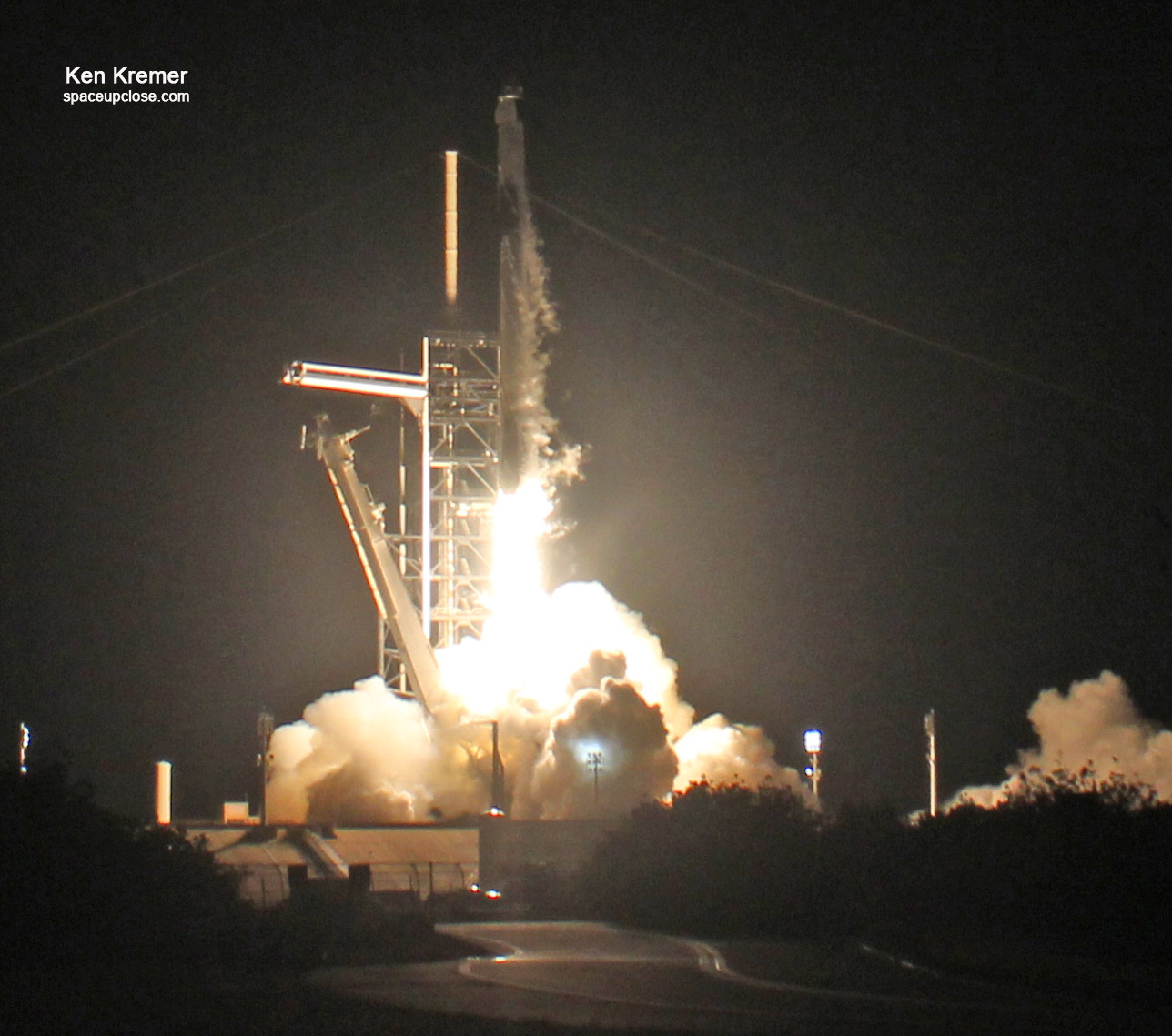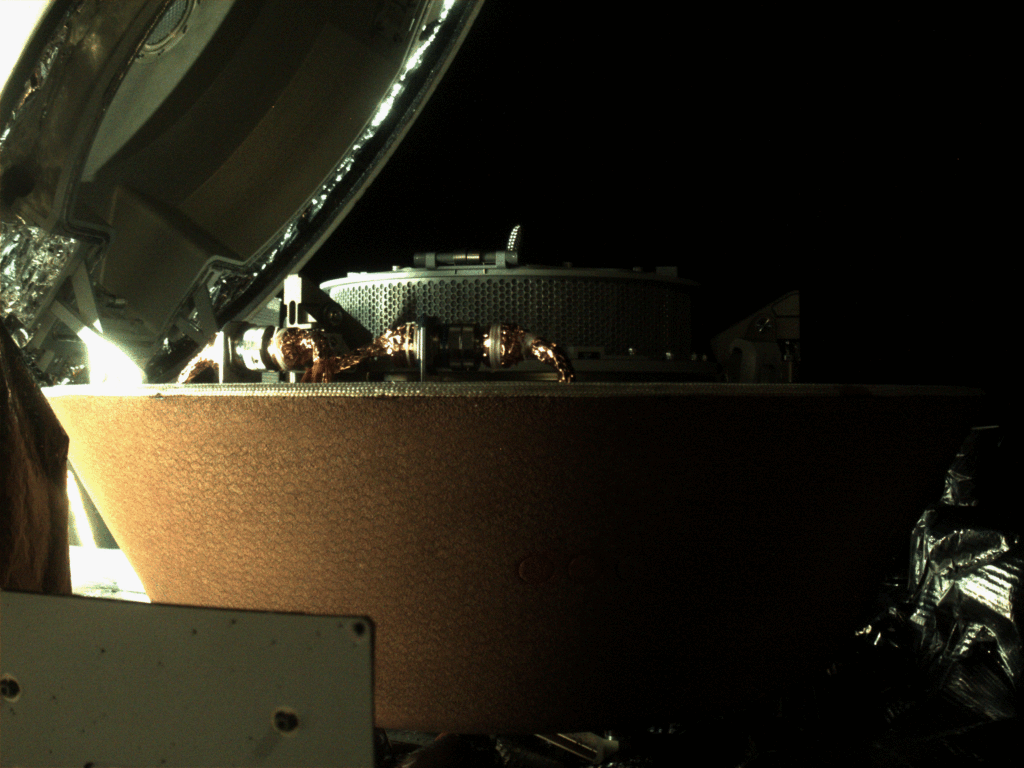
For SpaceUpClose.com & RocketSTEM
CAPE CANAVERAL, FL – NASA’s daring OSIRIS-REx spacecraft has successfully stowed and sealed the overflowing huge sample estimated at perhaps a kilogram (1 pound) or more of asteroid Bennu inside the probes Sample Return Capsule (SRC) for the return trip to Earth.
“On Wednesday, Oct. 28, the mission team sent commands to the spacecraft, instructing it to close the capsule – marking the end of one of the most challenging phases of the mission,” said the NASA mission team at a media briefing Oct. 29.
The complex stowage process to carefully stow the huge stash of asteroidal samples collected from asteroid Bennu began on Oct. 24 soon after it was gathered from the surface last week on Oct. 20 into the sampling head for transfer into the sample return capsule for the return trip to Earth.
The sample stowage process was moved up by more than a week after the mission team and NASA officials confirmed that the sample of soil and rocks collected during the TAG or ‘Touch and GO’ maneuver was far in excess of the minimum requirement of 60 grams based on images taken on Oct. 22 two days after touching the tiny body for six seconds on Oct. 20 with its pogo stick like TAGSAM robotic arm exactly as planned with incredible precision.
In fact the massive amount of sample collected was so obvious based on the Oct 22 images that the sampling head called the Touch-And-Go Sample Acquisition Mechanism (TAGSAM) head had actually collected quantities of dust and pebbles far in excess of the main mission requirement of acquiring at least 2 ounces (60 grams) of the asteroid’s surface material – almost too much – because particles were escaping and streaming away!
Particles were escaping because a mylar flap on the TAGSAM sampling head was wedged open
“This achievement by OSIRIS-REx on behalf of NASA and the world has lifted our vision to the higher things we can achieve together, as teams and nations,” said NASA Administrator Jim Bridenstine, in a statement.
“Together a team comprising industry, academia and international partners, and a talented and diverse team of NASA employees with all types of expertise, has put us on course to vastly increase our collection on Earth of samples from space. Samples like this are going to transform what we know about our universe and ourselves, which is at the base of all NASA’s endeavors.”
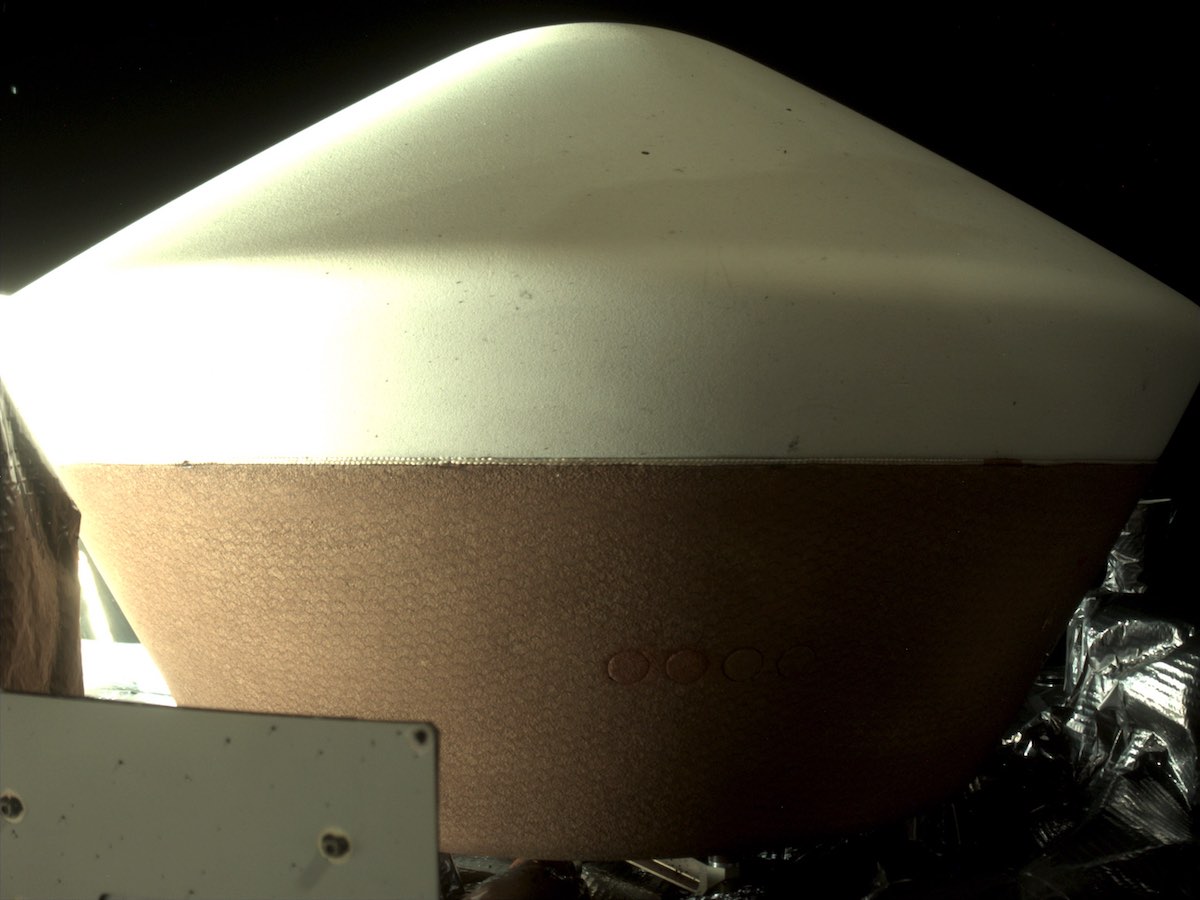
“I’ve officially closed the Sample Return Capsule! The sample of Bennu is sealed inside and ready for our voyage back to Earth. The SRC will touch down in the Utah desert on Sep. 24, 2023. Thanks, everyone, for being a part of my journey #ToBennuAndBack.” tweeted the spacecraft/team with this capsule sealing video!
I’ve officially closed the Sample Return Capsule! The sample of Bennu is sealed inside and ready for our voyage back to Earth. The SRC will touch down in the Utah desert on Sep. 24, 2023. Thanks, everyone, for being a part of my journey #ToBennuAndBack pic.twitter.com/z75ITNiGBf
— NASA's OSIRIS-REx (@OSIRISREx) October 29, 2020
After a four year journey of over 200 million miles (321 million km) from Earth and two years in orbit the $1 Billion OSIRIS-REx mission touched and sampled Asteroid Bennu for six seconds.
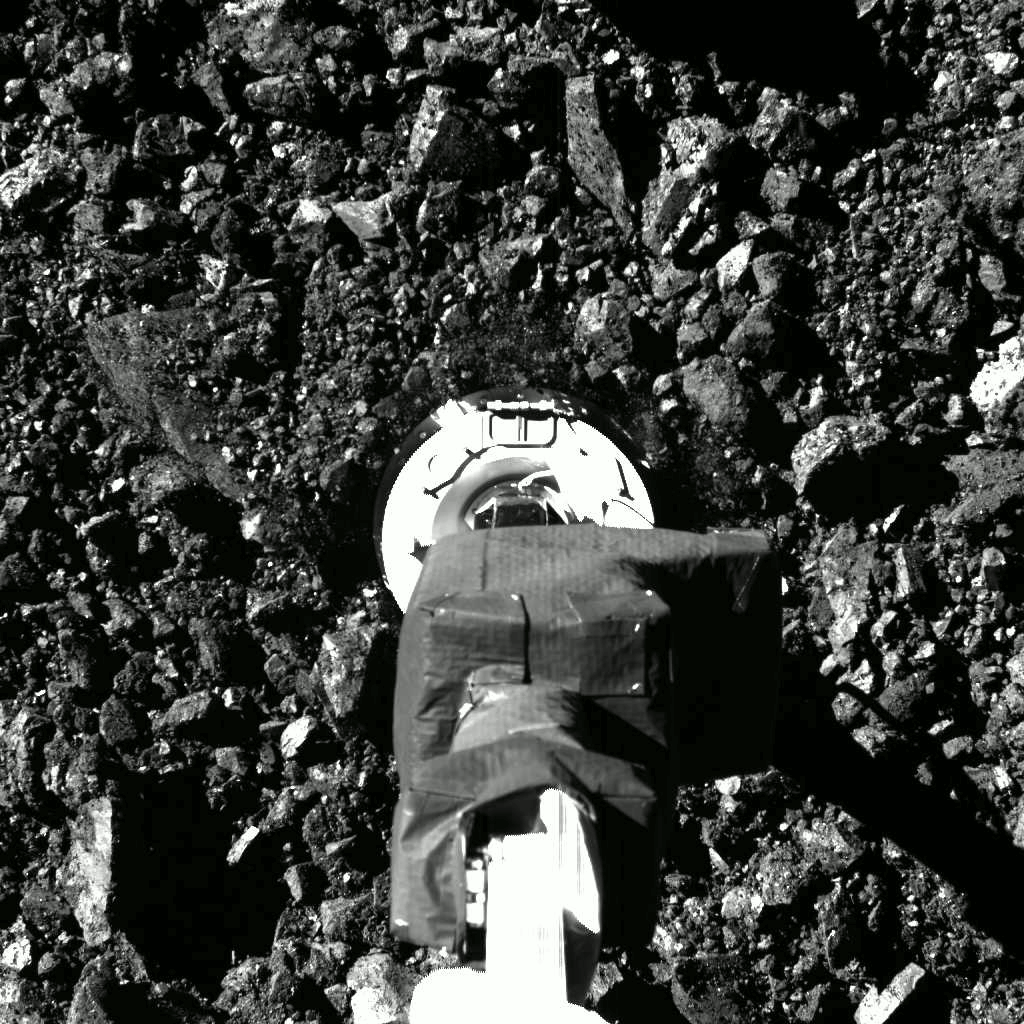
“I am extremely happy with the sample that we’ve collected, and that we intend to bring back to the Earth in September of 2023,” said Dante Lauretta, OSIRIS-REx’s principal investigator from the University of Arizona, at a media briefing Oct. 29.
“I believe we still have hundreds of grams of material in the sample collector head, probably over a kilogram (2.2 pounds easily,” Lauretta said.
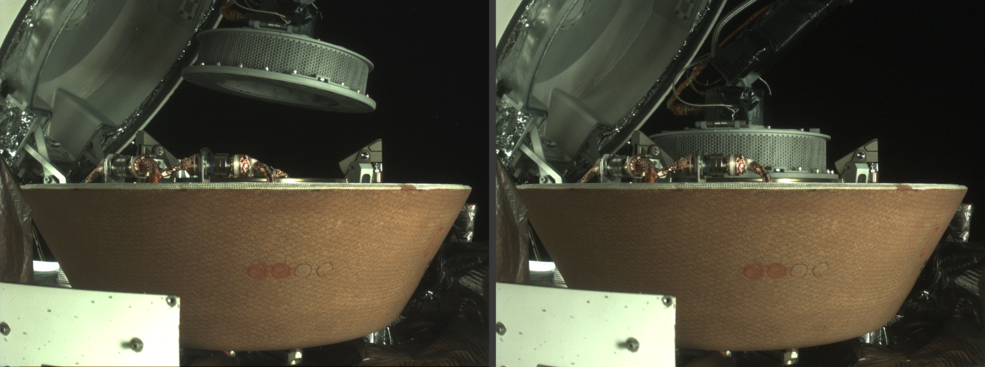
NASA Origins, Spectral Interpretation, Resource Identification, Security, Regolith Explorer (OSIRIS-REx) spacecraft will begin the return trip to Earth next year in March 2021.
More imagery from the sample head stowage sequence:
“I placed the collector head into the SRC on Tuesday evening…” tweeted the spacecraft/team:
I placed the collector head into the SRC on Tuesday evening… pic.twitter.com/s0nDXrY8BS
— NASA's OSIRIS-REx (@OSIRISREx) October 29, 2020
“And on Wednesday morning, I made sure the collector head was in there nice and snug!” tweeted the spacecraft/team:
And on Wednesday morning, I made sure the collector head was in there nice and snug! pic.twitter.com/a7Xx2kHb1K
— NASA's OSIRIS-REx (@OSIRISREx) October 29, 2020
“Then I closed up the capsule last night. Definitely a little bittersweet! But I’m excited to get this sample to my team on Earth,” tweeted the spacecraft/team:
Then I closed up the capsule last night. Definitely a little bittersweet! But I'm excited to get this sample to my team on Earth 🌍
Read more about what the stow process looked like: https://t.co/qGiWRy6CZ7 pic.twitter.com/DOse6cEqnU
— NASA's OSIRIS-REx (@OSIRISREx) October 29, 2020
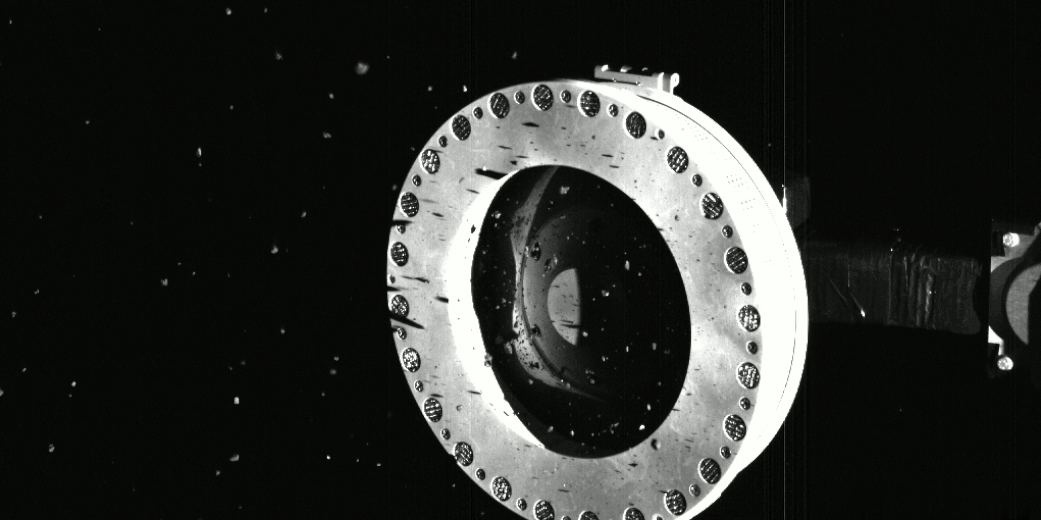
Details from NASA:
The mission team spent two days working around the clock to carry out the stowage procedure, with preparations for the stowage event beginning Oct. 24. The process to stow the sample is unique compared to other spacecraft operations and required the team’s continuous oversight and input over the two-day period. For the spacecraft to proceed with each step in the stowage sequence, the team had to assess images and telemetry from the previous step to confirm the operation was successful and the spacecraft was ready to continue. Given that OSIRIS-REx is currently more than 205 million miles (330 million km) from Earth, this required the team to also work with a greater than 18.5-minute time delay for signals traveling in each direction.
Throughout the process, the OSIRIS-REx team continually assessed the Touch-And-Go Sample Acquisition Mechanism’s (TAGSAM) wrist alignment to ensure the collector head was being placed properly into the SRC. Additionally, the team inspected images to observe any material escaping from the collector head to confirm that no particles would hinder the stowage process. StowCam images of the stowage sequence show that a few particles escaped during the stowage procedure, but the team is confident that a plentiful amount of material remains inside of the head.
“Given the complexity of the process to place the sample collector head onto the capture ring, we expected that it would take a few attempts to get it in the perfect position,” said Rich Burns, OSIRIS-REx project manager at NASA’s Goddard Space Flight Center in Greenbelt, Maryland. “Fortunately, the head was captured on the first try, which allowed us to expeditiously execute the stow procedure.”
By the evening of Oct. 27, the spacecraft’s TAGSAM arm had placed the collector head into the SRC. The following morning, the OSIRIS-REx team verified that the collector head was thoroughly fastened into the capsule by performing a “backout check.” This sequence commanded the TAGSAM arm to attempt to back out of the capsule – which tugged on the collector head and ensured the latches are well secured.
“I want to thank the OSIRIS-REx team from the University of Arizona, NASA Goddard, Lockheed Martin, and their partners, and also especially the SCaN and Deep Space Network people at NASA and JPL, who worked tirelessly to get us the bandwidth we needed to achieve this milestone, early and while still hundreds of millions of miles away,” said Thomas Zurbuchen, NASA’s associate administrator for science at the agency’s headquarters in Washington. “What we have done is a real first for NASA, and we will benefit for decades by what we have been able to achieve at Bennu.”
On the afternoon of Oct. 28, following the backout check, the mission team sent commands to disconnect the two mechanical parts on the TAGSAM arm that connect the sampler head to the arm. The spacecraft first cut the tube that carried the nitrogen gas that stirred up the sample through the TAGSAM head during sample collection, and then separated the collector head from the TAGSAM arm itself.
That evening, the spacecraft completed the final step of the sample stowage process –closing the SRC. To secure the capsule, the spacecraft closed the lid and then fastened two internal latches. As of late Oct. 28, the sample of Bennu is safely stored and ready for its journey to Earth.
“I’m very thankful that our team worked so hard to get this sample stowed as quickly as they did,” said Dante Lauretta, OSIRIS-REx principal investigator at the University of Arizona, Tucson. “Now we can look forward to receiving the sample here on Earth and opening up that capsule.”
The stowage process, originally scheduled to begin in early November, was expedited after sample collection when the mission team received images that showed the spacecraft’s collector head overflowing with material. The images indicated that the spacecraft collected well over 2 ounces (60 grams) of Bennu’s surface material, and that some of these particles appeared to be slowly escaping from the head. A mylar flap designed to keep the sample inside the head appeared to be wedged open by some larger rocks. Now that the head is secure inside the SRC, pieces of the sample will no longer be lost.
The OSIRIS-REx team will now focus on preparing the spacecraft for the next phase of the mission – Earth Return Cruise. The departure window opens in March 2021 for OSIRIS-REx to begin its voyage home, and the spacecraft is targeting delivery of the SRC to Earth on Sep. 24, 2023.
…
OSIRIS-Rex counts as NASA’s first mission to visit a near-Earth asteroid, survey the surface, collect a sample and deliver it safely back to Earth.
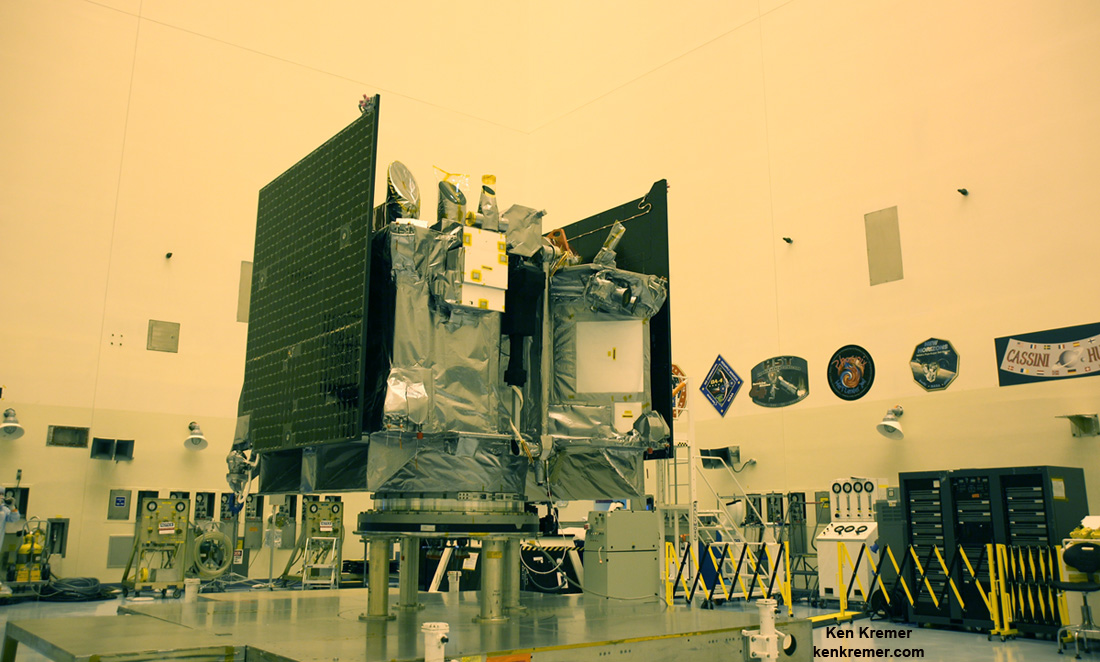
The Nightingale sample site is very small – about the size of 3 parking spots – about 25 feet (8 meters) in diameter. It is surrounded by a few rather large boulders and rocks inside the crater
Overall Bennu is much more rugged and dominated by rocks and boulders – compared to the simpler smooth beach-sand like consistency expected prelaunch.
So the team had carried out an incredibly detailed analysis of the surface to find a safe sampling spot- as the asteroid is rotating with a period of 4.3 hours
Bennu has an active surface and is and ejecting material
The spacecraft has extensively surveyed the asteroid before the mission team selected two possible sample sites. Close examination of these sites allowed the team to pick one for sample collection. After sample collection, the spacecraft will head back toward Earth before ejecting the Sample Return Capsule for landing in the Utah desert in Sept. 2023.
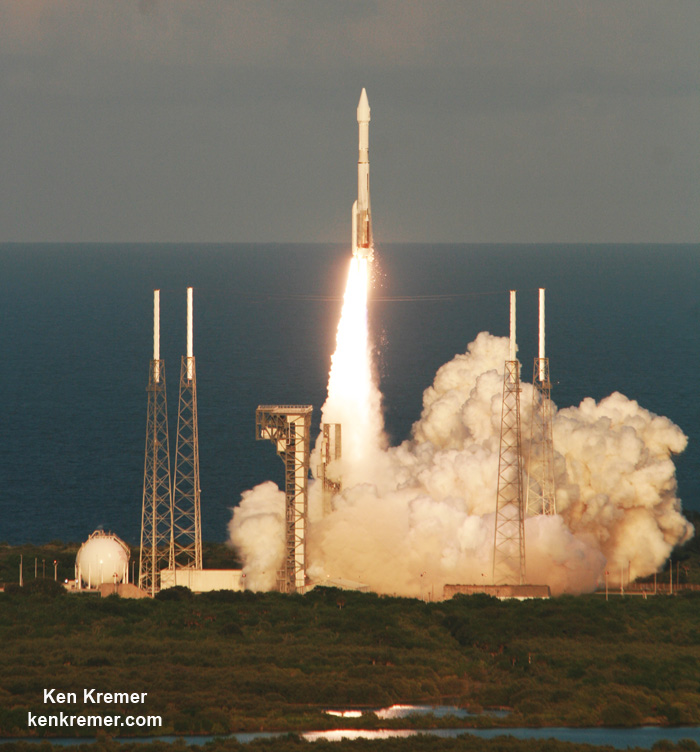
OSIRIS-Rex was launched on Sept. 8, 2016 on a United Launch Alliance Atlas V rocket from Cape Canaveral Air Force Station, FL.
Watch my commentary at WFTV Ch 9 ABC News Orlando on NASA’s successful OSIRIS-Rex mission landing and sampling at asteroid Bennu featured on Oct 22/23:
Watch Ken’s continuing reports about OSIRIS-REx, Commercial Crew and Artemis and onsite for live reporting of upcoming and recent SpaceX and ULA launches including Demo-2, Starlink, X-37B, Solar Orbiter, Mars 2020 and more at the Kennedy Space Center and Cape Canaveral Space Force Station.
Stay tuned here for Ken’s continuing Earth and Planetary science and human spaceflight news: www.kenkremer.com –www.spaceupclose.com – twitter @ken_kremer – email: ken at kenkremer.com
Dr. Kremer is a research scientist and journalist based in the KSC area, active in outreach and interviewed regularly on TV and radio about space topics.
………….
Ken’s photos are for sale and he is available for lectures and outreach events
Please consider supporting Ken’s work by donating at Patreon:
https://www.patreon.com/kenkremer
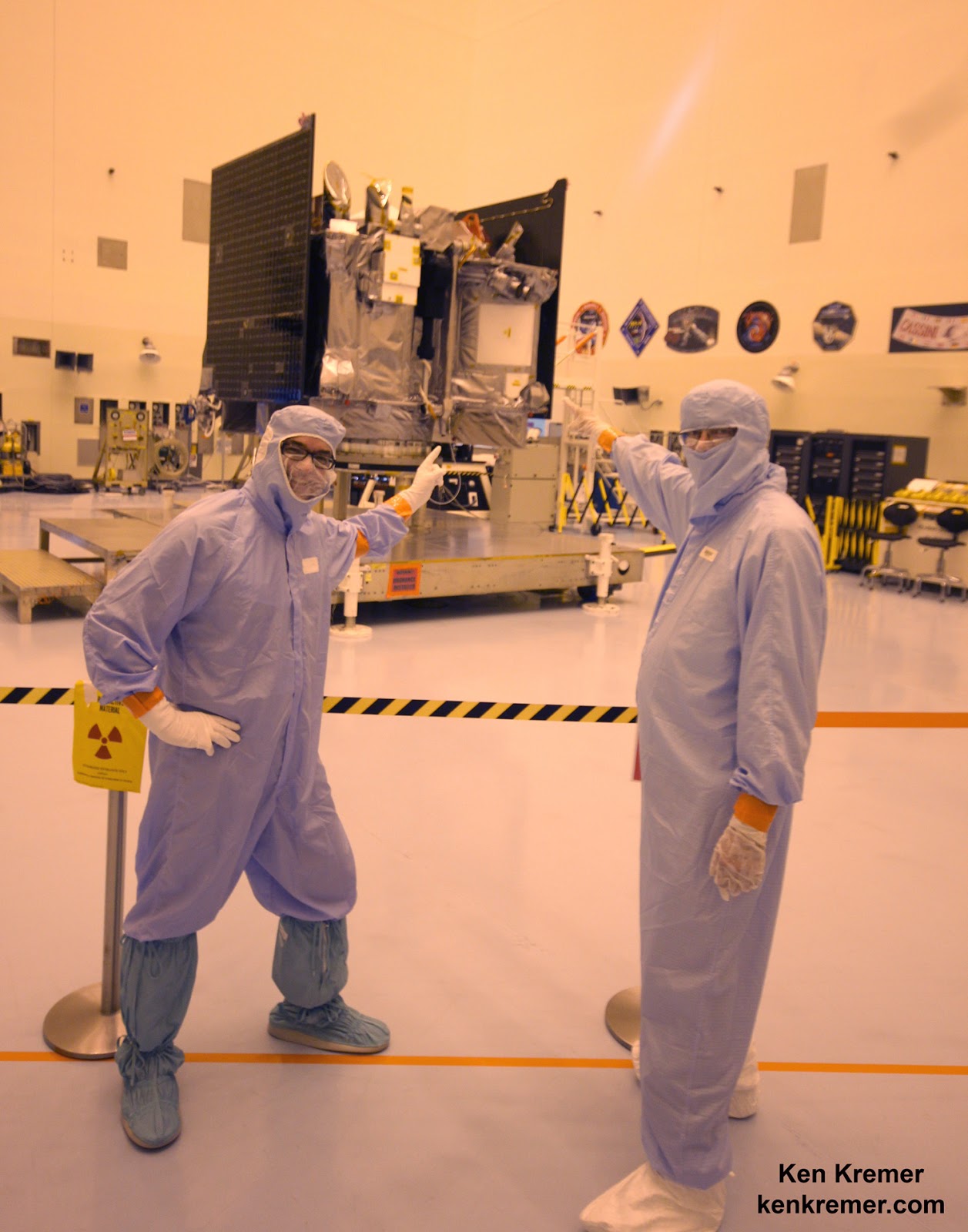
x


